Essential Bicycle History Facts You Should Know
The bicycle has come a long way from its wooden-wheeled, pedal-free ancestors. What started as a strange contraption that required riders to push themselves along with their feet eventually became one of the most important inventions in human history. Bicycles changed how we travel, influenced fashion, empowered social movements, and even shaped the roads we drive on today.
Here is a list of must-know facts about the history of bicycles.
The First Bicycle Had No Pedals

Baron Karl von Drais of Germany created the first practical two-wheeled vehicle in 1817, and it looked nothing like what we ride today. His invention, called the Laufmaschine (or ‘running machine’), had two wheels, a wooden frame, and handlebars for steering, but it was missing one crucial element: pedals. Riders had to push themselves along with their feet, essentially running while sitting down. The device was also known as the draisine, hobby horse, or velocipede depending on which country you were in. Despite its awkward operation, the Laufmaschine proved that humans could balance on two wheels, setting the stage for everything that followed.
Pedals Transformed Everything in the 1860s
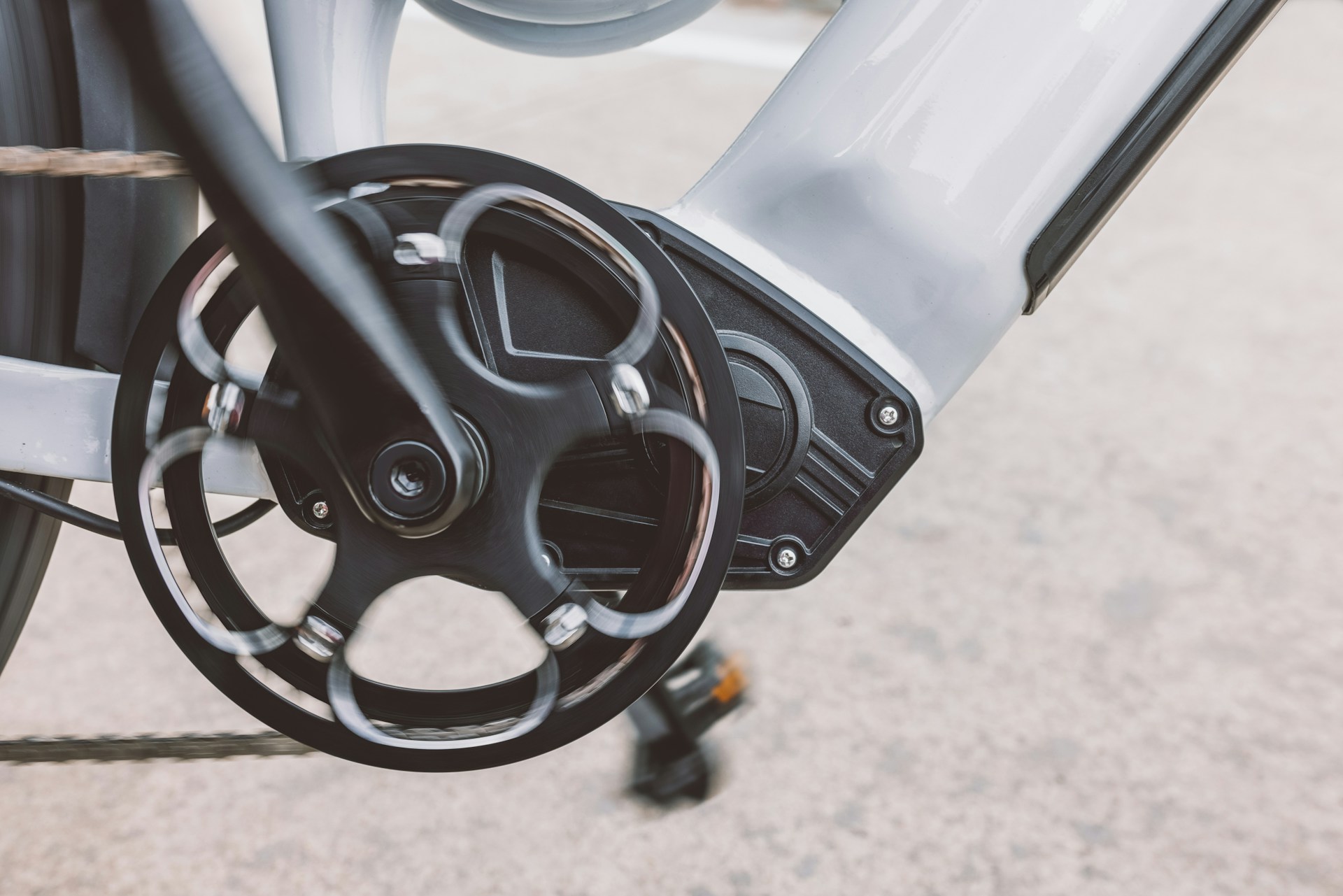
The addition of pedals to the front wheel in the 1860s marked the birth of the true bicycle. Credit for this game-changing innovation is disputed, with French blacksmith Pierre Michaux, his son Ernest Michaux, and Pierre Lallement all claiming to have thought of it first. What we know for certain is that Lallement filed the first patent for a pedal-driven bicycle in the United States in 1866. These early pedal bicycles were called velocipedes, and they earned the nickname ‘boneshakers’ because their rigid frames and iron-banded wheels made riding on cobblestone streets an extremely uncomfortable experience. Still, the ability to propel yourself without touching the ground was revolutionary.
The Penny-Farthing Was Dangerous but Popular

Between 1870 and 1885, the streets were filled with one of the strangest bicycle designs ever created: the penny-farthing. This bicycle featured an enormous front wheel (sometimes over four feet in diameter) and a tiny rear wheel. The name came from British coins, as the wheels resembled a large penny next to a small farthing. Riders sat perched high above the ground on a seat mounted behind the giant front wheel. The logic behind this odd design was simple: the bigger the front wheel, the farther you could travel with each pedal rotation. However, these bicycles were incredibly dangerous. Riders frequently experienced what became known as ‘taking a header,’ where they’d flip over the front handlebars, often with serious consequences.
The Safety Bicycle Made Cycling Accessible
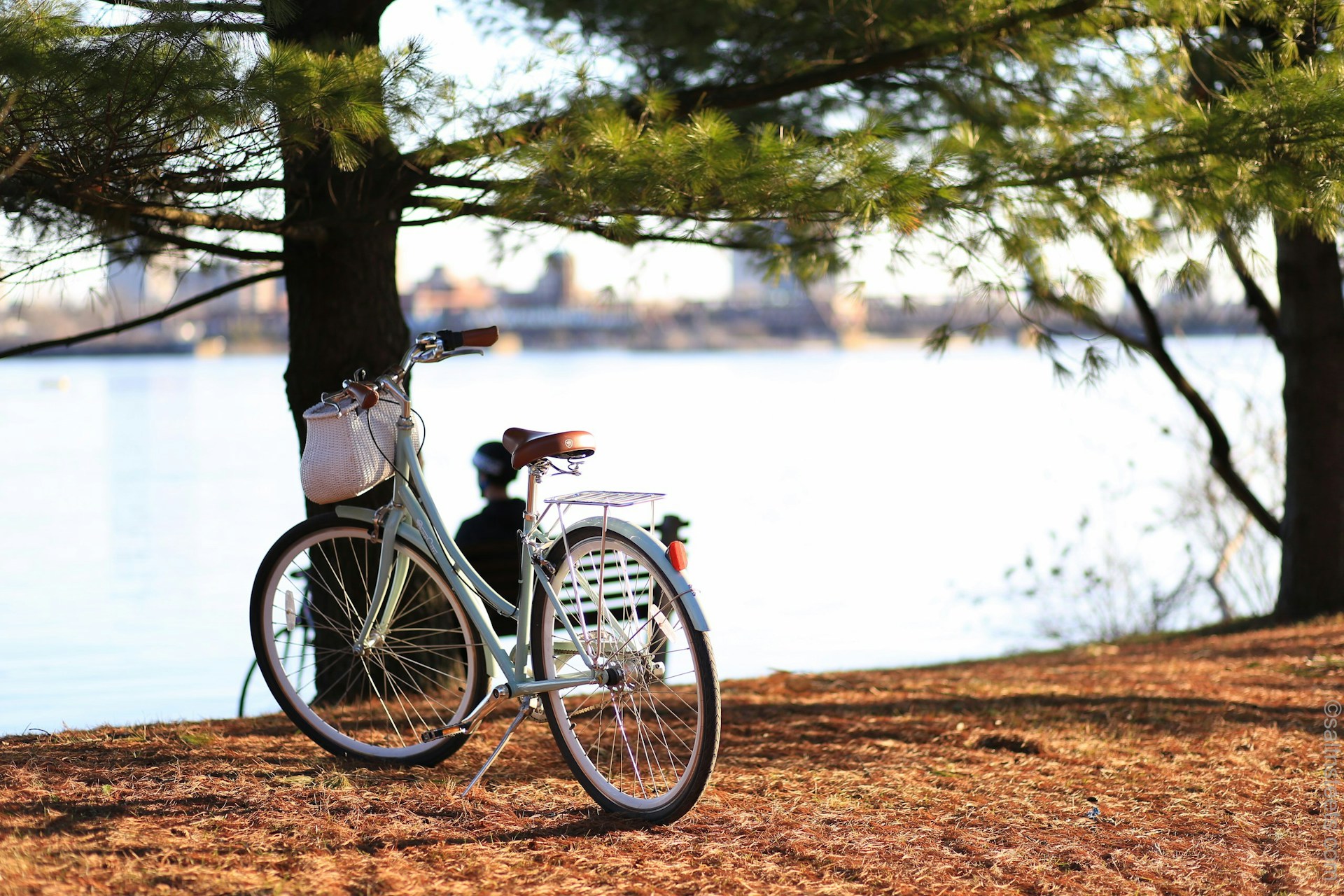
In 1885, John Kemp Starley revolutionized bicycle design with his ‘Rover Safety Bicycle.’ This model featured two wheels of equal size, a chain drive to the rear wheel, and a much lower center of gravity. The safety bicycle earned its name for an obvious reason: it was far less likely to throw riders over the handlebars. This design was so successful that it became the template for virtually every bicycle built since. With the introduction of the safety bicycle, cycling stopped being a dangerous sport for daring young men and became a practical form of transportation for people of all ages and backgrounds.
Pneumatic Tires Revolutionized the Ride

John Boyd Dunlop, a Scottish veterinarian living in Ireland, invented pneumatic (air-filled) tires in 1888 because his young son complained about his tricycle’s uncomfortable ride on cobblestone streets. Dunlop didn’t realize that Robert Thomson had actually patented a similar design back in 1845, but Thomson’s invention had been forgotten. Dunlop’s timing was perfect. The safety bicycle was gaining popularity, and pneumatic tires made the ride dramatically more comfortable. This simple innovation transformed cycling from a jarring experience into something people could actually enjoy for long distances.
Bicycles Became a Symbol of Women’s Freedom

The bicycle played an unexpected but crucial role in the women’s rights movement of the 1890s. For the first time, women had access to independent, affordable transportation that didn’t require a chaperone or a man to hitch up a horse. Susan B. Anthony, a leading figure in the women’s suffrage movement, famously declared in 1896 that the bicycle had ‘done more to emancipate women than anything else in the world.’ She described a woman on a bicycle as ‘the picture of free, untrammeled womanhood.’ The bicycle gave women mobility, independence, and a taste of self-reliance that helped fuel their fight for voting rights and equality.
Bloomers Changed Fashion Forever

The bicycle craze sparked a fashion revolution that still influences what we wear today. Victorian women’s clothing, with its corsets, petticoats, and floor-length skirts, made riding a bicycle nearly impossible and downright dangerous. Progressive women adopted ‘bloomers,’ loose-fitting pants that gathered at the ankle, originally designed by Amelia Bloomer decades earlier for comfort and practicality. These bifurcated garments were scandalous at the time, and women who wore them faced public ridicule, verbal attacks, and even physical assault. Despite the backlash, bloomers represented freedom of movement and challenged restrictive social norms about how women should dress and behave.
The First Tour de France Started as a Marketing Stunt

The world’s most prestigious bicycle race began in 1903 as a publicity campaign to boost newspaper sales. Geo Lefèvre, a journalist for the struggling sports daily L’Auto, suggested organizing a massive endurance race across France. The paper’s editor, Henri Desgrange, loved the idea. The first Tour de France consisted of just six stages covering 1,500 miles, with individual stages averaging around 250 miles each. Riders pedaled through the night on unpaved roads without helmets, and many stages began at 3 a.m. Maurice Garin, a chimney sweep, won that first race, spending more than 95 hours in the saddle. The event was such a success that L’Auto’s circulation increased sixfold during the race.
Early Bicycles Required Incredible Self-Sufficiency
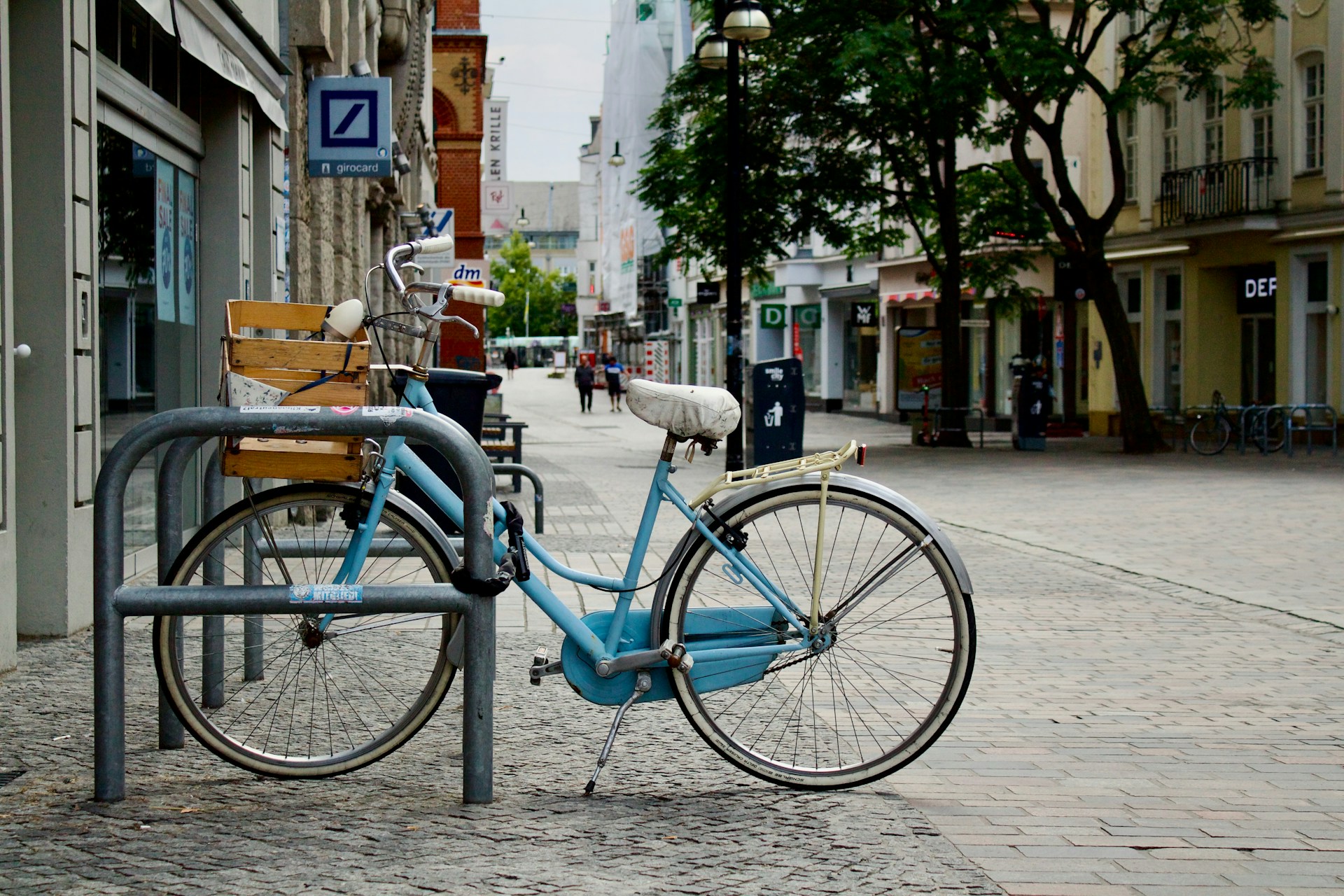
For the first few decades of the Tour de France, the rules reflected a philosophy of extreme self-reliance. Until 1923, riders were forbidden from accepting any outside assistance. If their bicycle broke, they had to fix it themselves using whatever tools they carried. If they needed a new wheel, they couldn’t simply swap it out; they had to repair the damaged one. Henri Desgrange, the Tour’s founder, even insisted that riders use wooden wheel rims for many years because he feared that the heat from braking on metal rims would melt the glue holding the tires. He also resisted allowing multiple gears, believing that true cyclists should rely on strength alone. These harsh rules gradually relaxed, but they reflected the era’s romantic view of cycling as a test of human endurance.
Bicycles Helped Build Better Roads

The late 1800s bicycle boom created pressure for improved road surfaces. Cyclists organized into powerful advocacy groups, with the League of American Wheelmen becoming one of the most influential. These groups lobbied governments to pave roads, which had been mostly dirt and gravel. The ‘Good Roads Movement’ gained momentum largely because of cyclists demanding smoother surfaces for riding. Ironically, once roads improved, automobiles quickly took over, but the infrastructure cyclists fought for became the foundation for our modern highway system. Scottish engineer John McAdam’s road-building method, which created smooth, durable surfaces through a process that became known as macadamization, gained widespread adoption partly because cyclists demanded better riding conditions.
BMX Started with Kids Imitating Motocross
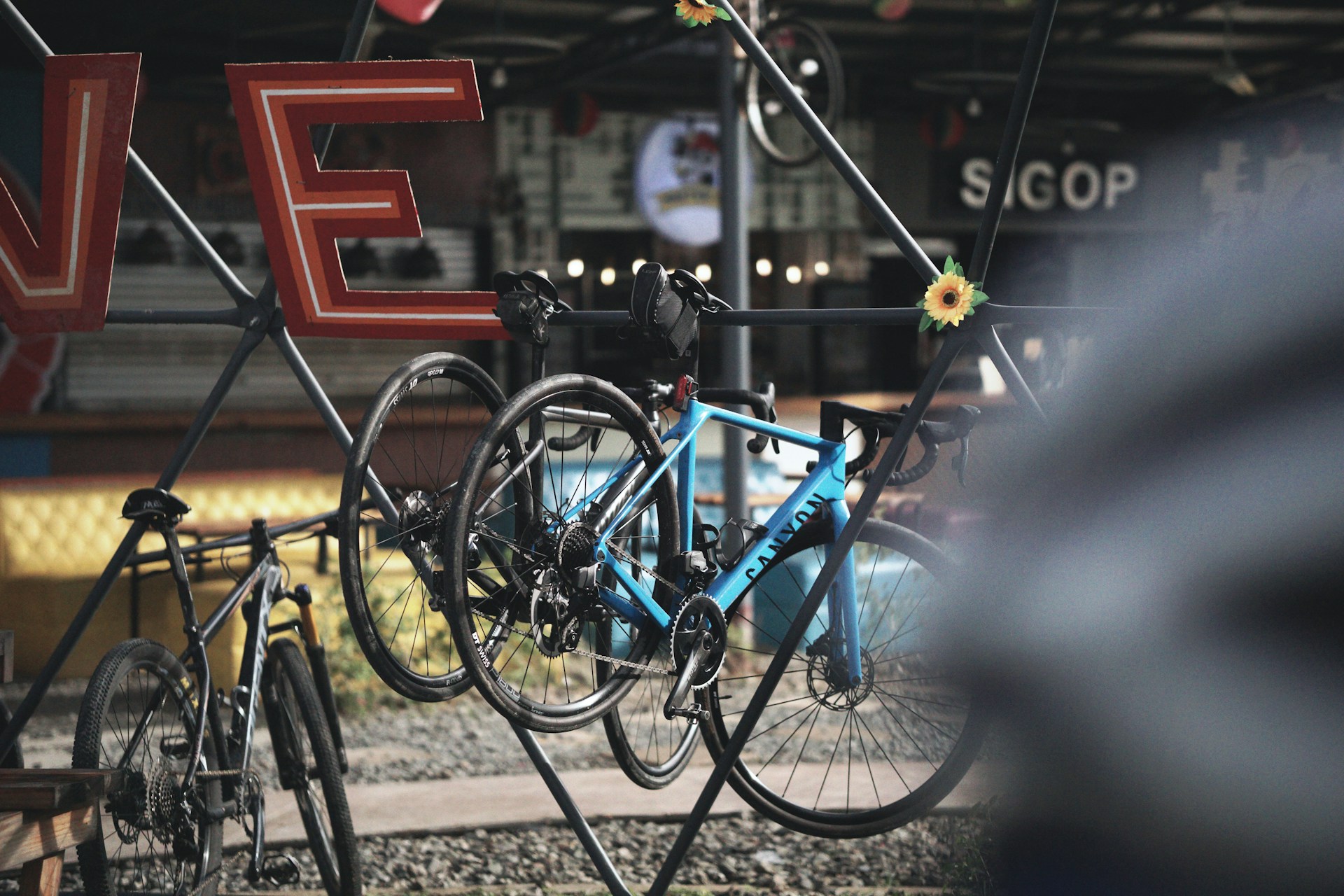
The BMX movement was born in Southern California in the early 1970s when kids started racing their bicycles on dirt tracks, imitating their motocross heroes. The Schwinn Sting-Ray, released in 1963, provided the perfect foundation for this new sport with its small frame, banana seat, and high handlebars. Young riders modified these bikes for rough terrain and racing, creating an entirely new category of cycling. By the late 1970s, BMX had exploded into an organized sport with formal races, tricks, and a culture all its own. What started as neighborhood kids fooling around on dirt tracks eventually became an Olympic sport.
Mountain Bikes Were Born in Marin County
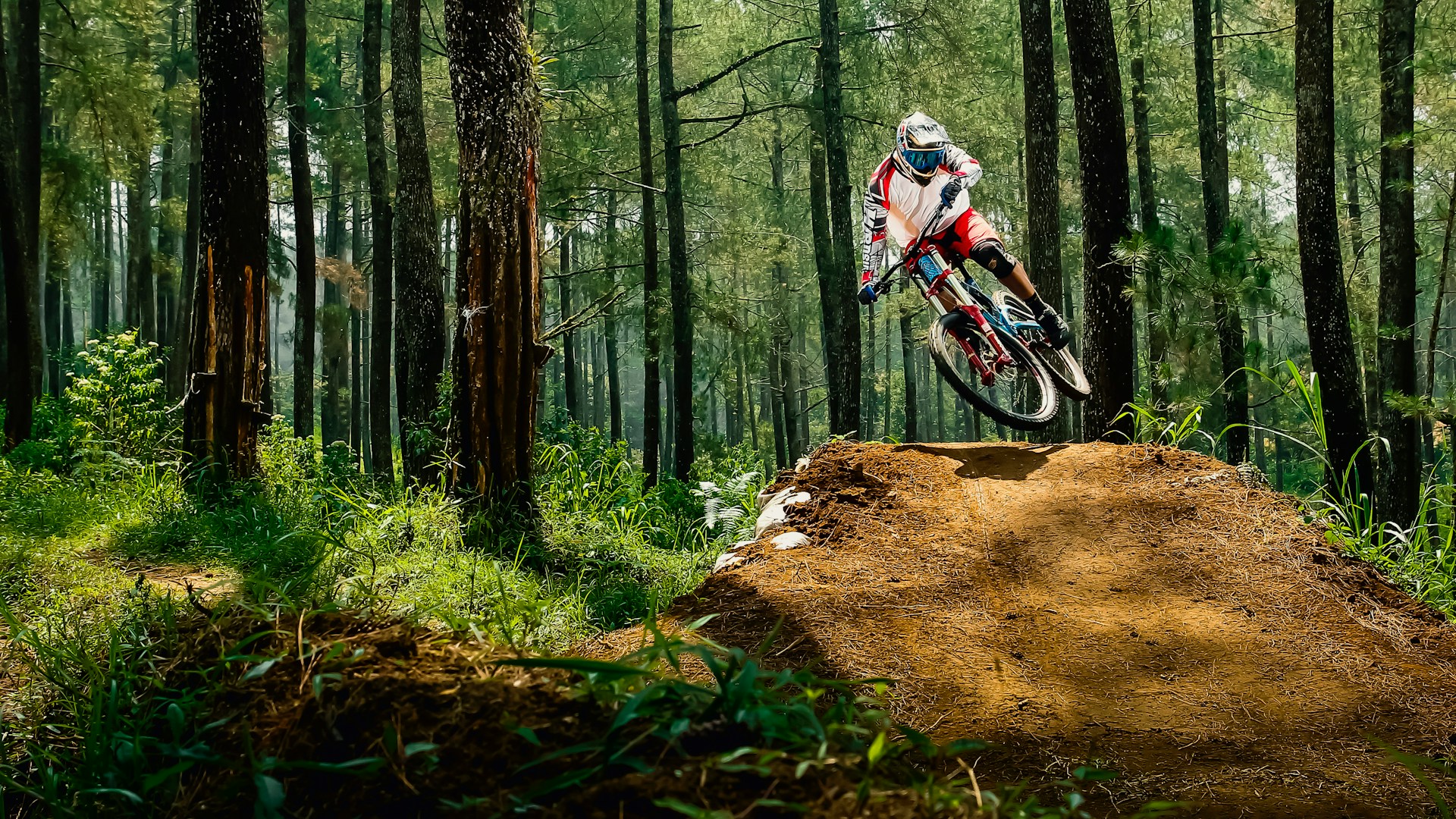
In the mid-1970s, a group of cyclists in Marin County, California, started modifying heavy cruiser bikes to ride down the steep, rugged trails of Mount Tamalpais. Joe Breeze is generally credited with building the first purpose-built mountain bike in 1978. These early mountain bikes featured sturdy frames, wider tires, flat handlebars, and multiple gears to handle varied terrain. What began as a fringe activity among a small group of adventurous riders quickly grew into one of the most popular forms of cycling worldwide. Mountain biking opened up trails and wilderness areas to cyclists in ways that traditional road bikes never could.
Bicycles Helped Create the Weekend

In the 1890s, bicycle clubs became enormously popular social organizations. Members would gather for group rides into the countryside, often traveling dozens of miles from the city. These recreational outings helped establish the idea that weekends were for leisure and adventure rather than work. The bicycle made it possible for working-class people to escape urban areas and explore nature without the expense of keeping a horse. This shift in how people spent their free time influenced the development of parks, trails, and the entire concept of weekend recreation that we take for granted today.
Modern Bicycles Are High-Tech Marvels

Today’s bicycles bear little resemblance to their wooden ancestors, even though the basic design hasn’t changed since the safety bicycle of 1885. Modern racing bikes use carbon fiber frames that weigh less than 15 pounds while remaining incredibly strong. Electronic shifting systems change gears with the push of a button. Aerodynamic designs slice through the wind with minimal resistance. Disc brakes provide precise stopping power in any weather condition. Some bikes even include power meters that measure exactly how much energy a rider produces. Despite all this technology, the fundamental principle remains unchanged: two wheels, a frame, and human power creating one of the most efficient forms of transportation ever invented.
A Legacy That Keeps Rolling

The bicycle’s journey from a wooden curiosity to a technological masterpiece mirrors humanity’s own progress. What began as an impractical novelty became a vehicle for social change, women’s liberation, improved infrastructure, and athletic achievement. The same basic design that John Kemp Starley perfected in 1885 still dominates our streets today, proving that sometimes the simplest solutions are the most enduring. Whether commuting to work, racing through mountain trails, or simply enjoying a ride through the neighborhood, modern cyclists are part of a tradition that stretches back over two centuries.
Post a Comment for "Essential Bicycle History Facts You Should Know"
Post a Comment